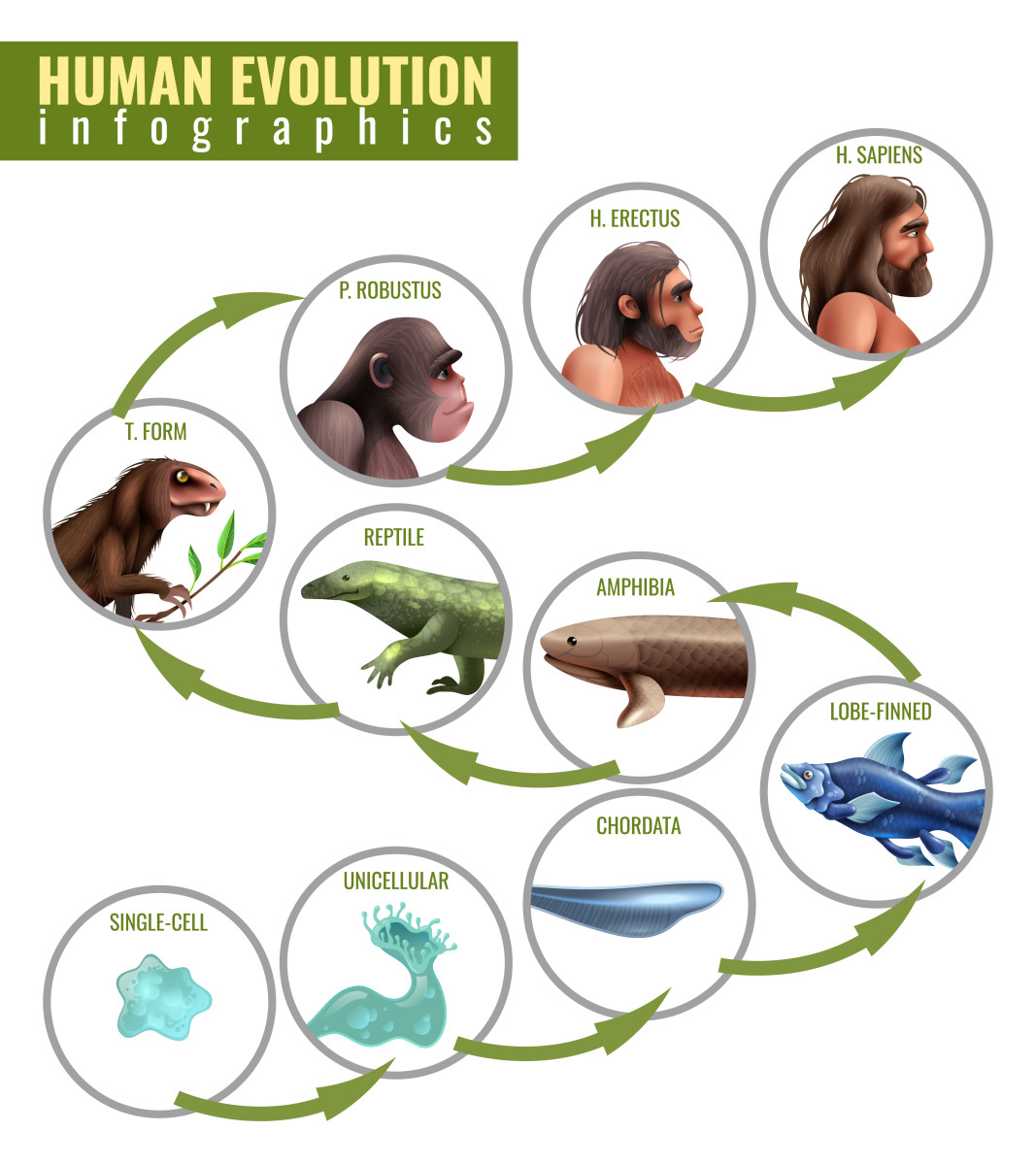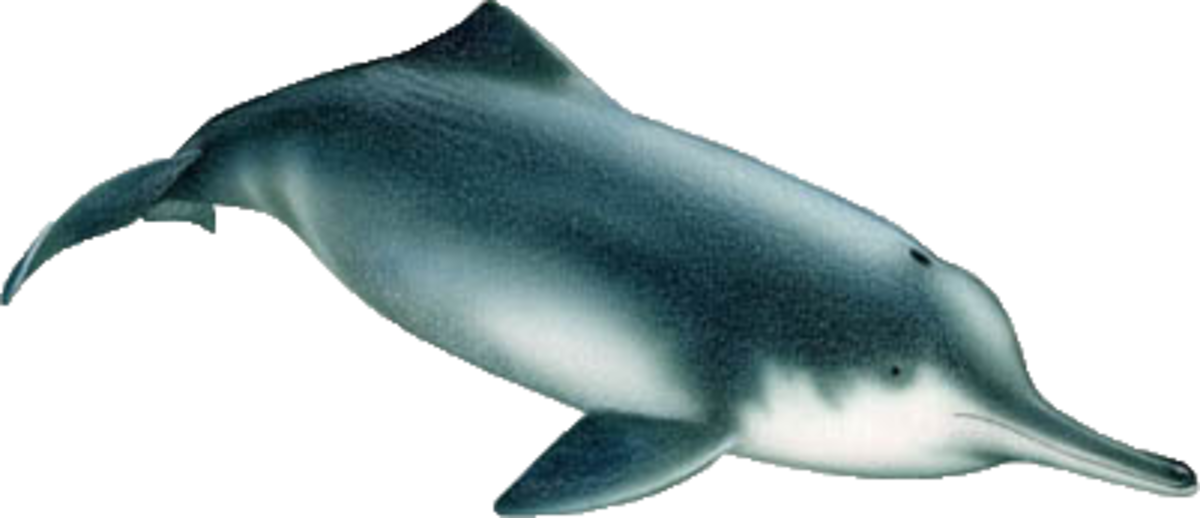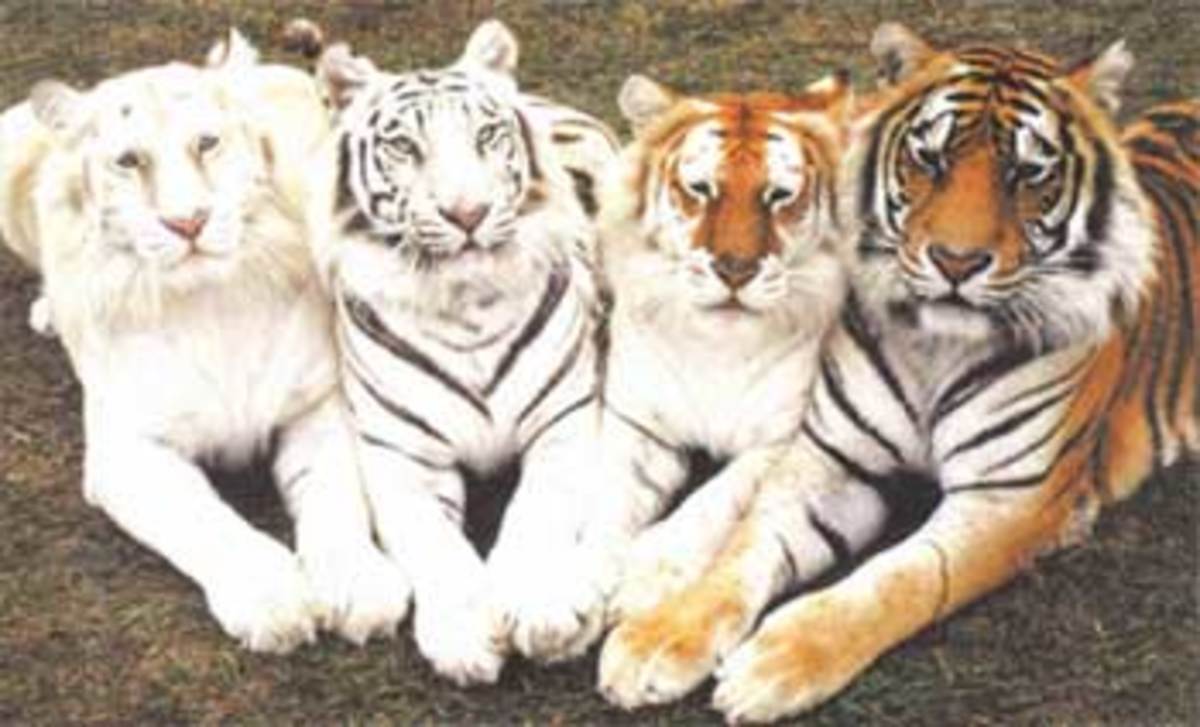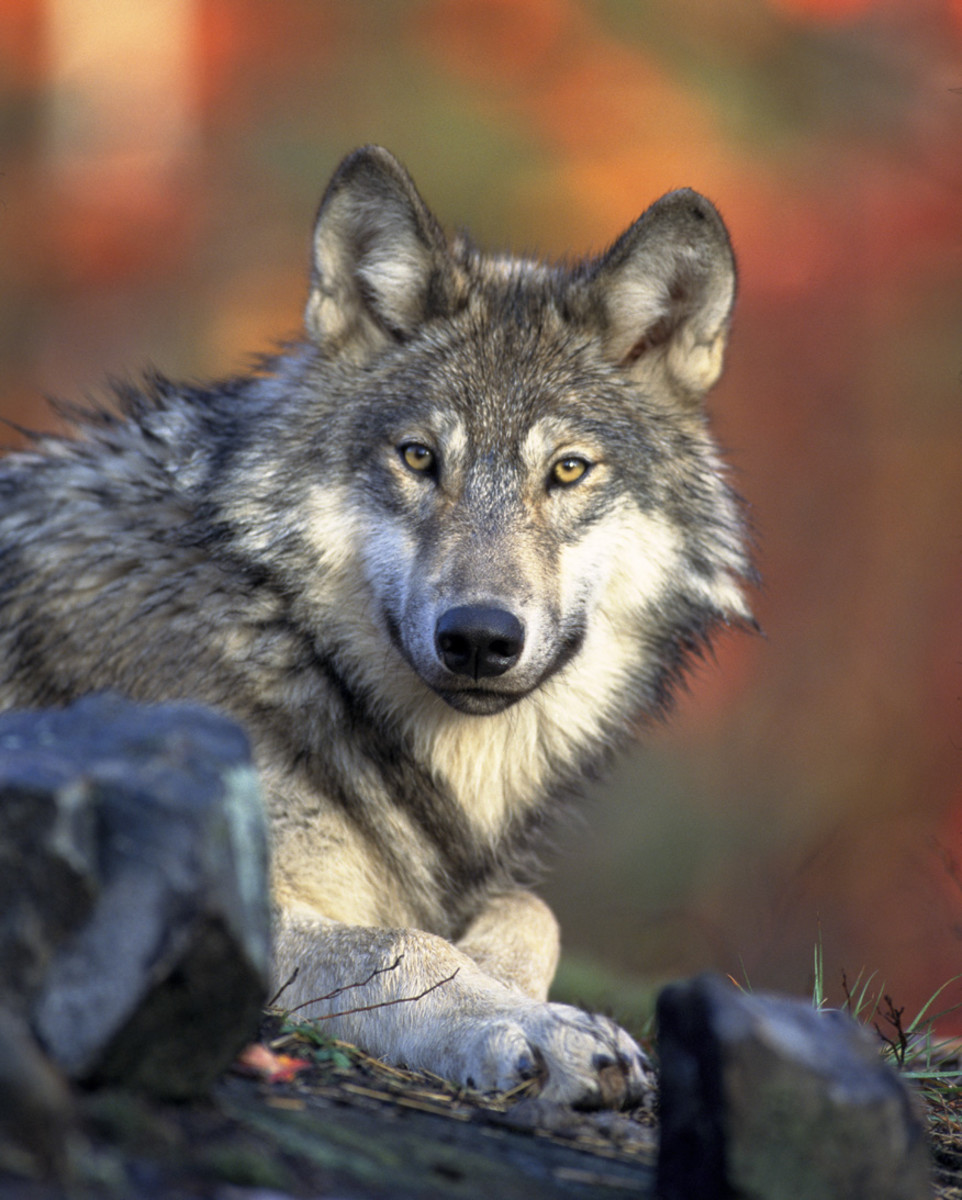Is this how the elephant got its trunk?
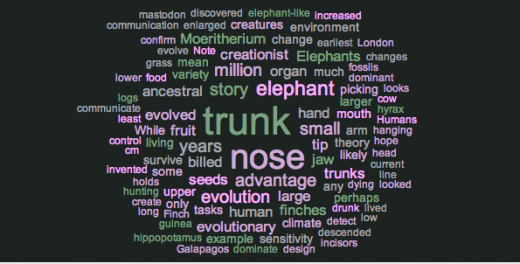
An explorer decided to bathe in an African river, after checking for snapping turtles. After a short dip he emerged, naked and found an elephant looking at him. He was extremely surprised when the elephant said
“How are you going to pick up your food with THAT”
The Elephant's Trunk is in its way as remarkable an organ as the human eye. It is an organ for perception, communication, and manipulation of its environment. It is both a nose a mouth and an arm. And no one knows for sure how it arose.

About the Elephant's trunk
The Elephant's trunk (19th century East London rhyming slang for drunk) is its arm and the muscular tip at the end is its hand. Like a human hand it can perform tasks needing strength, like picking up logs and tasks requiring delicacy like picking up a pin or uncorking a bottle and the “hand” has a stronger grip than any human. Elephants communicate using their trunks by making various noises and as a nose the trunk is so sensitive it can detect a snake in the grass a mile away. And Elephants use their trunks as snorkels, swimming as much as 2 meteres underwater. Humans can only snorkel just under the water.
History of the Elephant and its trunk
In Creationist mythology the Elephant's trunk is an example of the failure of the theory of Evolution (though it does not support creationism either) but actually Nobody yet knows how the elephant got its trunk, so I asked him and of course he said Nothing.
The Elephant's nearest living relatives are the Sea Cow and the hyrax, which looks like a very large guinea pig. Perhaps the earlest known candidate for ancestor of the Elephant, Moeritherium, had no trunk, lived about 50 Million years ago and looked like a pygmy hippopotamus, standing about 70cm at the shoulder, but the precise evolutionary line is still unknown
Not directly descended from Moeritherium, but farther up the evolutionary tree, living about 30-34 million years ago, Palaeomastodon. (Greek for ancient mastodon), measuring 6.5 ft. at the shoulders , and usually described as the earliest elephant-like proboscidean, seems a better candidate for an ancestral elephant. The nose is elongated and could perhaps be described as a small trunk. The incisors are much more enlarged than the moeritherium and there are the beginnings of lower jaw tusk as well.
From about 20 million years ago elephant like animals with trunks appear. 10 Million years is enough time for a trunk to evolve, the question is how. This does not mean however that creationist or design based arguments are right. One argument against evolution holds that any gradual change in the ancestral elephant's nose had to provide an advantage. This is not quite true, since a neutral change would not be selected against and could prove an advantage when the environment changed, and some populations would oscillate between variants with neither variant dying out. An example of this is the Galapagos Finch. There are two varieties differentiated by the size of their bills, and the climate varies so that each variety has an advantage for a while, and the other can survive by eating what the dominant variety cannot eat. This when small bills dominate the large billed finches eat larger seeds. When the climate changes so smaller seeds are scarce large billed finches predominate but there are enough small seeds around for the small billed finches to survive.
A plausible Story
Evolutionary theorists have to create stories to explain evolution then hope newly discovered fossils will confirm the story or suggest a new one. So here is a story I invented.
The ancestral Elephant had a separate nose and mouth. It used its nose not only for smell but also to dig when hunting for food. An elongated nose would mean it needed to bend its head less, which would make it less likely to be killed by a predator. Once a long nose, like that of the Tapir, had evolved larger, or at least taller creatures would have an advantage being able to eat low hanging fruit (At least one elephant has been photographed standing on its hind legs to get higher fruits). Fusion of the nose and upper jaw would have allowed better control of the proto trunk, and increased sensitivity of the tip would allow both plucking of fruit and differentiation between good and bad fruit. At the same time transformation of teeth into tusks would have given scope for the trunk to evolves as it did, flexibly rather than hard.
Note that the elongated nose, the extra sensitivity of the tip and the fusion of nose and upper jaw need not have arisen simultaneously.
The wrap
No one knows how the elephants trunk evolved. It is an amazing organ but a simple story of how it could have evolved answers the creationist argument that the necessary mutations must have been simultaneous. While there are some creatures that cause a problem for the current theory of evolution the elephant's trunk does not seem to be such a case.

